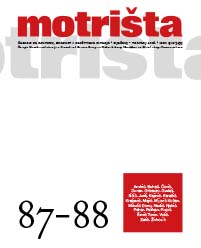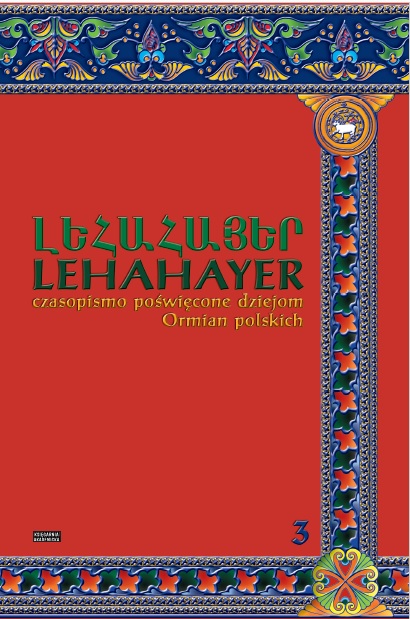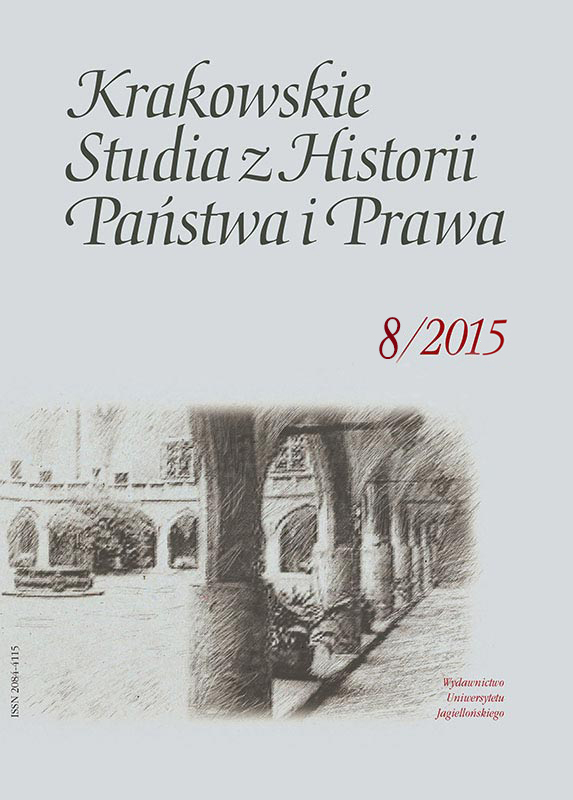


LJEPOTA PODNE CVIJET JE ČEŽNJA NERETVA HERCEGOVINA UČITELJ JUŽNI KRIŽ VRHGRAD FRATARSKA OPORUKA I SUTRA JE DAN SMRT
More...
Dvorana se ispunila do posljednjeg mjesta. Čak se tražila i stolica više. Pojavili su se skoro svi koje sam pozvao na obranu doktorske disertacije. U prvom redu se, kao i obično, posadili uglednici iz politike, županijskih institucija, nekoliko tajkuna, dame utoaletama za koje ne znam ni tko su i tko ih dovede. U drugom redu vidim urednike novina, televizije, a ostali redovi popuniše se ljudima koje poznajem i čijem se dolasku veselim. Ja sam za osuđeničkim stolom, i moram priznati, nervozan i u drugom svijetu. Stol za kojim će sjediti prosudbeno povjerenstvo okićen cvijećem. Žamor, razgovori, uobičajena atmosfera pred velike događaje. A onda, uz pljesak i fanfare koje se čuju iz razglasa, ulaze oni koji odlučuju o mojoj sudbini. Prvi je akademik Šuligaj, sijedi starac pogurena hoda i bezlične face, zatim moj Mentor koji cvjeta kao kukurijek u proljeće, a za njima dekan faksa i predsjednik povjerenstva debeli Čulibrk. Sjedaju za stol, nešto se dogovaraju, onda se ukipe i - nastade tajac.
More...
Zmaj Murin, izvanbračni sin boga mora Posejdona i vrhovne starogrčke boginje Here, iz svojih dvora na otoku Velika Smokvica, štitio je od osvajača i pljačkaša rogozničko područje, ondašnju grčku Herakleju. Kako bi mu se odužili za sigurnost, stanovništvo je zmaju plaćalo krvavi danak: svake godine, na najduži dan u godini, najljepša djevojka predavala se zmaju kao žena. Nijedna od odabranih djevojaka nikada nije preživjela prvu bračnu noć.
More...
Nikada ga nisam zamijetio, a stotine sam puta prošao tom cestom. I više od toliko, ne pretjerujem… Odavna je te ceste, a i meni se izbrojalo dana, i godina, i desetljeća. Takva je to cesta, cesta što povezuje, cesta što pamti; i žalosne povorke i pjesmu svatova, i svece i hulje, i dobro i zlo.
More...
Keywords: the Torosowicz family; Polish Armenians; Armenian-Catholic relations; Armenian church history of 17th century
Since 1627 Mikołaj Torosowicz (1605-1681) was the bishop of Polish Armenians and resided in Lvov; he was subordinated to the catholicos of all Armenians in Etchmiadzin. In 1630 he issued the act of the union of his diocese with the Catholic Church, which initiated a new church structure which exists to this day – the Armenian Catholic archiepiscopate of Lvov, directly dependent upon the papacy. The article features a reconstruction of the bishop’s family milieu, his genealogical relations with the more prominent families of Lvov Armenians, the economic activity, the social position in the Armenian community, the city of Lvov and the Polish society, the promotion to the noble estate of some lines of the Torosowicz family. Special emphasis was placed on the attitude to the religious practices and the accretion of relationships regards Catholicism in the generations of the archbishop’s ancestors. The analysis also involves the attitudes of his relatives toward the decision about establishing a church union with Rome.
More...
Poem by Miljenko Buhač
More...

Kada dugo gledaš u stari prozor, poželiš promjene. I počneš od sebe samoga. Pa, dugo su mi roletne bile spuštene, sunce je dolazilo samo u tragovima. Onda onako čupava, s jednom nogavicom od pidžame na koljenu, drugoj na peti, potrčiš. I nije te ni briga. Tko gleda, tko se smije, tko u čudu manta. Jednostavno nije.
More...
Ispred kafića, zavaljen u fotelju, ispijao je prvu jutarnju kavu. Neispavan, i zbog toga zlovoljan, ispod oka je promatrao prolaznike Stradunom. Nervirali su ga. Znao je kako mu je noćno tulumarenje navuklo zlovolju. Nije se zbog nje bunio, dapače, smatrao se zbog toga povlašteno.
More...
Keywords: domestic animals; shepherds; names of animals; animals in proverbs;
The paper deals with the domestic, tame animals of western Herzegovina and the strong connection between people and animals; it also discusses about everything that animals offered people, how did they facilitate people life and how people held animals. It’s particularly emphasized the importance of animals to the survival of a nation. The shepherds are looked after animals every day. They knew all the needs of their animals, all the demands and wishes of their flock. Often the animal was patrolled as with people: there were ways to communicate, caressed them and gave them names by external and assorted features. Shepherd’s life and the life of the farm animals found echoes in literature; in poems, sayings, proverbs.
More...
Cecilija Toskić: Fojnički krumpir i tirolske špargle, Priče; Dobra knjiga doo, Sarajevo, 2014. Slovo na predstavljanju knjige: Grgo Mikulić, Priče i legende iz Hercegovine (II), Gral, Široki Brijeg, 2016. Zdenka Čorkalo, Lijek za srce, Naklada K. Krešimir, Zagreb, 2014. Bilješka o knjizi Sonje Jurić Biti dijete Zvonimir Balog, Zvijezde ne gore uzalud, Općinska narodna knjižnica Drenovci, Drenovci, 2015.
More...
Keywords: law; nature; natural law; statutory law; positive law
The article discusses the shaping of the relation between natural and statutory law in philosophical, political, and legal concepts from Antiquity until the eighteenth century. Firstly, the author analyzes the views of sophists, Aristotle, stoics, Saint Augustine of Hippo, and Saint Thomas Aquinas in order to identify the main principles concerning the matter at hand based on their theories. His research permitted him to conclude that during the mentioned period the prevailing conviction was that statutory law (positive law) should not violate natural law (and sometimes simultaneously Gods law) because the latter was perceived as a higher legal order. Statutory law that conflicted with this higher law was usually considered invalid and, as such, did not incorporate an obligation of obedience. It was also usually considered unjust. For Christian thinkers God himself was the creator of the principles of justice; therefore that law which came directly from Him was put at the top of the legal structure. Natural law was seen as mirroring this law of God. In turn, a statutory law was supposed to reflect the rules of natural law. On the other hand, the representatives of the so-called bourgeois school of natural law which are described in the article (H. Grotius, T. Hobbes, S. Pufendorf, and others) did not see the question of the compatibility between statutory and natural law as unequivocally as their predecessors did, even though they too supported the notion that public authorities should, or even must, respect natural law. They did not, however, consider statutory law which violated natural law to be deprived of validity.
More...

Chronicle of cultural events in Mostar, February-April 2016
More...
Hommage fra Jozi Pejiću U povodu izložbe stalnog postava Franjevačke galerije na Širokom Brijegu, uz 25. obljetnicu djelovanja i prvu godišnjicu smrti ravnatelja Galerije fra Joze Pejića
More...
Keywords: fundamental rights; subjective rights; history of constitutional courts; history of administrative courts
The objective of the author of this contribution is to present selected aspects of the views of nineteenth-‑century luminaries of German jurisprudence, focused on the nature, role, and procedures for the protection of citizens’ fundamental rights (Grundrechte). Problems of the hierarchy of legal norms (the relationship between the Constitution and primary legislation), the origins of the concept of subjective rights, the concept of constitutionality of law as a consequence of the adoption of the primacy of the Constitution, the application of constitutional norms in the matter of fundamental rights, and finally the creation of a system for the protection of public rights, among others present in the discourse, are included in the outline. A characteristic element of this discourse is the initial lack of acceptance of the subjective nature of fundamental rights, and after their recognition the lack of the acceptance for judicial review by a specialized court or by a judge’s control in the particular case. These discussions have undoubtedly had a significant impact on the evolution of, and the present attitude toward, the doctrine and judicature of the German Superrechtsstaat idea of the rule of law.
More...

Keywords: lawyers; teaching; schools; models; universities
One of the many problems facing the reconstituted Polish state in the beginning of the twentieth century was the standardization of the structure of and methods for teaching in academic institutions. During this period four main schools of the teaching of law dominated scientific thought. The main goal of the article is to present the main approaches and schools of the teaching of law and its methodology in Poland in the early twentieth century and to determine which of these schools held the most dominant position.
More...
Keywords: the Second Republic of Poland; improve administration; clerical corps; reform of administration
This elaboration deals with the issue of the education of senior officials of public administration as it was evaluated in the questionnaire carried out by the 1928 Commission for the Improvement of Public Administration, established in. The Commission prepared a questionnaire about the described issues and sent it to prominent representatives of the Polish scientific community. All respondents interviewed by the Commission found that higher education must be the basis for employing people for these positions. The appropriate institutions for their education were to be faculties of law at the universities.The majority of the respondents stated that legal studies programs should be slightly modified to provide greater knowledge of administrative law and social science. The replies to the questionnaire opposed the creation of separate administrative institutes for educating senior officials.A matter of clerical practices was included in the described document, however most respondents took positions against their introduction. They argued that it could extend the duration of legal studies and that the candidates would learn the practical aspects of administrative activities during their preparatory service after completion of education at the university.
More...